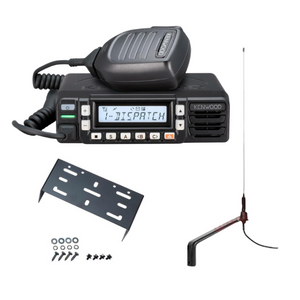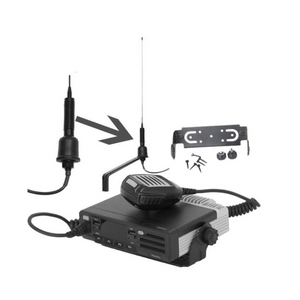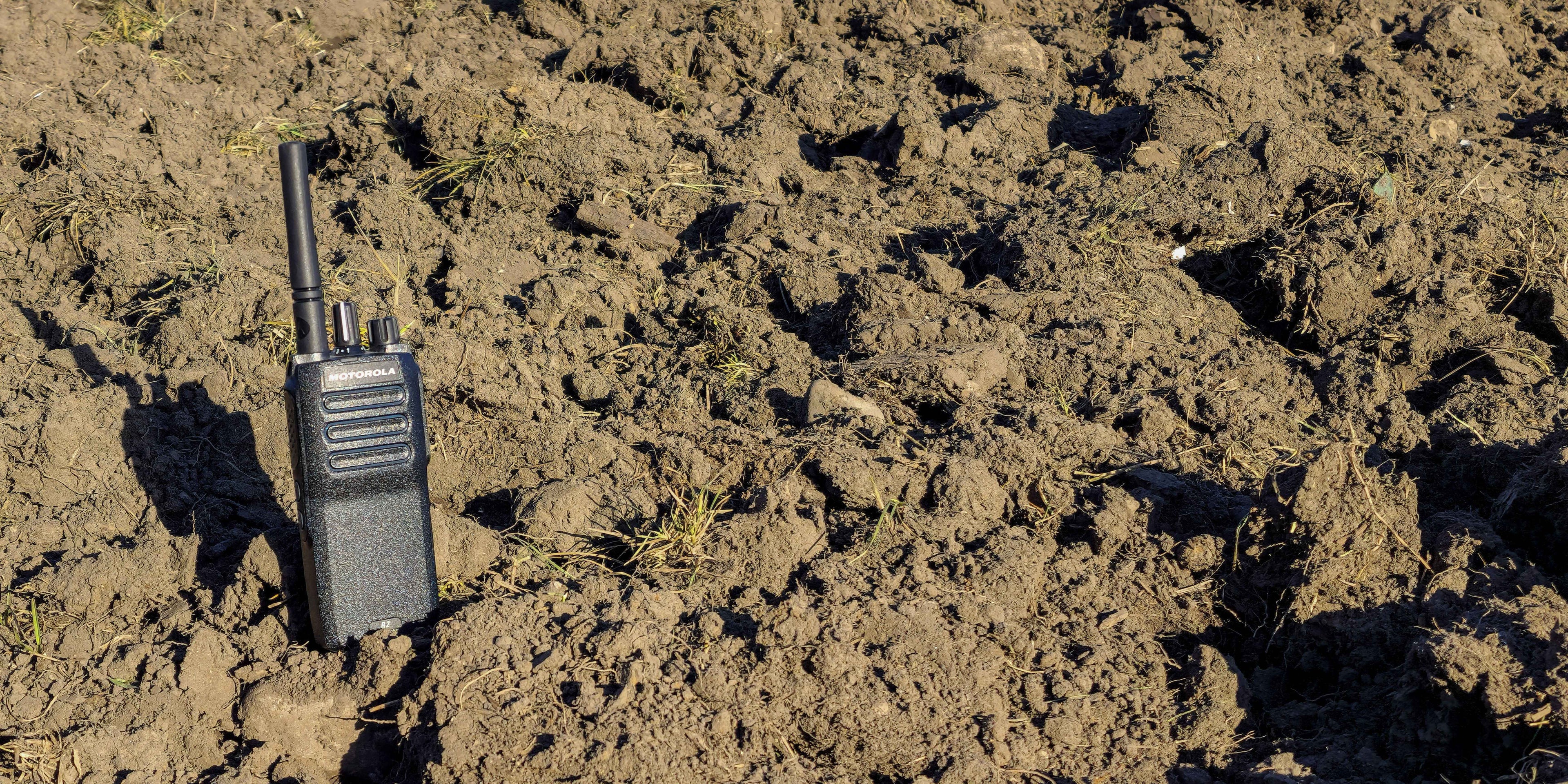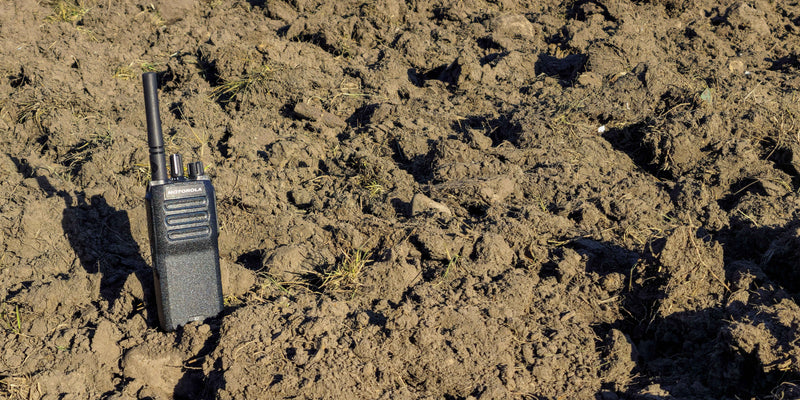Communications
At LightComm, we understand the critical role that clear, uninterrupted communication plays in the success of agricultural endeavours. Our radio communications page is dedicated to providing you with the most reliable and advanced two-way radio technology, tailored to meet the rugged demands of the agricultural industry.
Our selection spans from cutting-edge digital radios to practical license-free walkie-talkies, ensuring that there is a communication solution for every need and budget. With products from leading manufacturers like Motorola, Hytera and Kenwood, you can expect unparalleled quality and performance.
Whether you’re coordinating a large harvest or managing day-to-day operations, our radio equipment offers wide area coverage, instant group communication, and features like mapping and tracking to enhance efficiency. Our team of experts is always on hand to provide personalized advice, ensuring you find the perfect fit for your specific requirements.
Step into LightComm’s world of communication solutions, where clarity meets convenience, and every message is delivered loud and clear.
-
 Vendor:Kenwood
Vendor:KenwoodKenwood NX-1700 VHF Digital Mobile Radio - Complete Agri Kit
Regular price £285.00 GBP Ex Vat£342.00 Inc VatRegular price -
 Vendor:Hytera
Vendor:HyteraHytera MD615 Digital Agriculture Two-Way Radio Kit
Regular price £290.00 GBP Ex Vat£348.00 Inc VatRegular price -
 Vendor:Tait
Vendor:TaitRefurbished Tait TM8110 VHF - Complete Agricultural Radio Kit
Regular price £215.00 GBP Ex Vat£258.00 Inc VatRegular price -
 Vendor:Motorola Solutions
Vendor:Motorola SolutionsRefurbished Motorola GM340 VHF Mobile - Complete Agricultural Radio Kit
Regular price £165.00 GBP Ex Vat£198.00 Inc VatRegular price
The Benefits of Two Way Radio in Agriculture
1. What are two-way radios and how are they used in agriculture?
1. What are two-way radios and how are they used in agriculture?
Two-way radios (also known as walkie-talkies) are handheld or vehicle-mounted communication devices that allow instant voice contact over radio frequencies. They’re ideal for keeping farm staff connected across fields, machinery, and buildings, whether you're managing crops, livestock, or equipment.
2. Why are two-way radios better than mobile phones on the farm?
2. Why are two-way radios better than mobile phones on the farm?
- No mobile signal needed – works anywhere within range
- Instant communication – no dialling or waiting
- One-to-many communication – contact the whole team at once
- Long battery life – ideal for full workdays
- Rugged design – built for dust, water and rough conditions
3. How do two-way radios compare to CB radios?
3. How do two-way radios compare to CB radios?
Citizens Band (CB) radios were once popular on farms, but they’ve largely been replaced by more advanced two-way radio systems. Here's why two-way radios are the better choice today:
- Clearer sound quality – modern radios use digital or high-quality analogue signals
- Better range – especially with licensed radios or repeater systems
- Compact and portable – handheld designs are ideal for field work
- Secure channels – two way radios offer privacy settings or encrypted communication
- More durable– designed to survive rain, dust and knocks
4. How do two-way radios improve safety on farms?
4. How do two-way radios improve safety on farms?
They provide a fast and direct way to call for help in emergencies such as accidents, equipment failures, or severe weather. Radios can also help spot potential hazards before they escalate — especially useful when workers are spread out.
5. Do radios help with productivity?
5. Do radios help with productivity?
Yes. Two-way radios reduce delays and miscommunication. Whether coordinating tasks, moving equipment, or managing workers, instant communication saves time and effort. You can quickly update staff on weather changes, deliveries, or last-minute adjustments to work plans.
6. Are two-way radios legal to use on UK farms?
6. Are two-way radios legal to use on UK farms?
Yes. There are two main types:
- Licence-free radios (PMR446) – easy to use and suitable for smaller farms or general use
- Licensed radios– offer greater range, more channels, and enhanced privacy. These require a simple Ofcom licence and are recommended for larger operations or long-distance coverage
7. What features should I look for in a farm radio?
7. What features should I look for in a farm radio?
- Water and dust resistance (look for IP-rated models)
- Long battery life or rechargeable packs
- Strong range (especially in hilly or wooded areas)
- VOX (hands-free) capability
- Noise-cancelling microphone
- Support for headsets or earpieces
8. Are two-way radios a good long-term investment?
8. Are two-way radios a good long-term investment?
Absolutely. Radios can last for years, reduce downtime, and improve safety and coordination. They also eliminate the need for expensive phone contracts or data plans – making them cost-effective in the long run.











